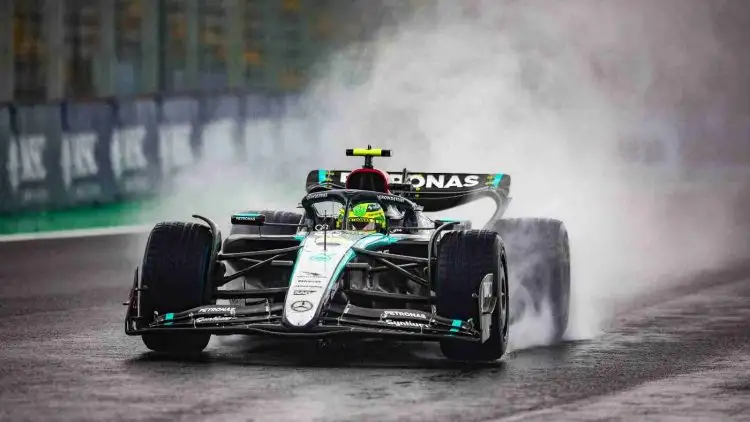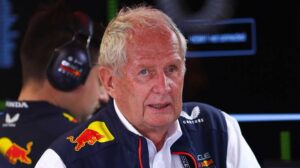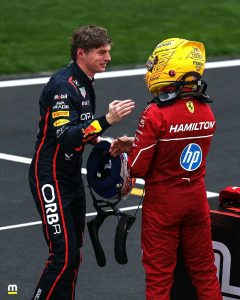“Mercedes Fined €10,000 for Unauthorized Tyre Pressure Adjustments Amid Chaotic Brazilian Grand Prix”

“Mercedes Fined €10,000 for Unauthorized Tyre Pressure Adjustments Amid Chaotic Brazilian Grand Prix”
The Brazilian Grand Prix saw its fair share of drama and scrutiny, with both Mercedes drivers, Lewis Hamilton and George Russell, fined for tyre pressure adjustments deemed to be in breach of FIA regulations. This penalty followed an incident-filled race at the rain-soaked Interlagos circuit, where issues with track conditions and driver actions created significant delays and required stewards’ interventions.
The race itself faced an aborted start after Aston Martin’s Lance Stroll spun off into the gravel on the formation lap, triggering an unusual sequence of events. Due to the chaotic conditions, drivers Lando Norris, Yuki Tsunoda, George Russell, and Liam Lawson each completed an additional formation lap, contrary to the procedures set for an aborted start. As the FIA grappled with the confusion and worked to ensure a safe restart, the stewards delayed the race start by an additional 10 minutes to address these concerns.
During this interval, FIA Formula 1 technical delegate Jo Bauer reported that the Mercedes team had made unauthorised tyre pressure adjustments on the cars of both Hamilton and Russell. These changes reportedly occurred after the race was initially stopped but before it ultimately began, during the critical time period when the start sequence was reset. According to Bauer, these actions contravened technical directive TD003 N, specifically points 2. c) and 2. h) i., which regulate tyre management and adjustments under certain conditions. The regulation prohibits pressure modifications when the wheels are already fitted to the car, and Mercedes’ actions were found to be in direct violation of these stipulations.
In his referral to the stewards, Bauer noted that tyre pressure had been altered on the Mercedes vehicles between the 10-minute and 5-minute warning signals prior to the race restart. He indicated that this adjustment, carried out while the tyres were mounted, conflicted with the rules outlined in the technical directive, which aims to enforce a fair and consistent approach to tyre handling across the teams. Bauer recommended that the case be examined by the stewards to assess whether the team had acted within acceptable limits or had overstepped the regulatory boundaries.
The stewards, after reviewing the situation, chose to impose a fine rather than any more severe sanction, given the unique circumstances leading up to the race. Mercedes was handed a €5,000 penalty for each driver, resulting in a combined total fine of €10,000. The decision to limit the penalty was influenced by the broader confusion surrounding the race start, with officials recognizing that the unprecedented situation contributed to the uncertainty for all teams involved.
Technical directives (TDs) like the one Bauer cited, can be introduced throughout the season as a means for the FIA to address certain technical practices that teams may adopt, even if those methods are within the letter of current regulations. The FIA uses these directives to create further clarity or limit certain team strategies, especially those that could lead to potential safety or performance disparities. In this case, the directive in question aimed to standardize tyre pressure protocols and reduce the potential for mid-race alterations that could affect performance in unapproved ways.
Ultimately, while the FIA acknowledged Mercedes’ breach, the fine was deemed sufficient. The stewards emphasized that while the infraction was clear, it was partially understandable given the disorderly nature of the lead-up to the race. The decision underscored the balance stewards must maintain between enforcing regulations strictly and considering the real-time challenges teams face in adapting to unexpected race-day developments.
In addition to the tyre adjustments incident, the four drivers who conducted additional formation laps—Norris, Tsunoda, Russell, and Lawson—are also under investigation for their actions during the aborted start. The FIA’s handling of this multifaceted situation reflects the complex decisions often required to manage Formula 1’s high-stakes and fast-moving environment.








